
The Casa de Hernán Cortés, like most of the so-named houses of the conquistador, was never the home of Cortés. At least, nothing we see today was ever his home. The photo depicts the northwest corner of a massive complex that spread across four of today’s city blocks, to the edge of the Avenida Francisco Madero in the southeast. That’s the corner of today’s Zócalo and the Monte de Piedad building.
Cortés, in the former Palace of Axayácatl, also called the Old Houses of Moctezuma, built a giant “City within the City.” He likely lived in some part of this four-block area. It was the seat of Marquisate of the Valley of Oaxaca. The realm extended from here south and west across much of Mexico City, and much of Mexico. There were plans to include here the Residence of the Viceroy and administrative colonial offices. Most of those facilities were located, instead, across the Plaza Mayor, in the National Palace.
The descendants of Cortés managed to hold onto this giant plot of land. They received massive rents from it, including some for housing, but especially for commercial properties. In 1567, though, the direct heirs of Cortés were expelled from New Spain after the Creole Conspiracy. That resulted in the Spanish Inquisition arriving in the territory to better administer the Crown’s justice. Properties of the marquisate were left in the hands of an administrator who sold off many of them, from here to Oaxaca.
Here, though, between 1611 and 1617, a uniform structure was completed covering the entire four-block area. Parts of the ground floor may date from earlier. Upper floors were completed around 1617 by master-builder, Sebastián Zamorano. But by the 18th century, the giant complex was collapsing, and being subdivided again. What we see today dates from rebuildings in the mid-18th century.
The giant complex continued ad hoc building and re-design over more than a century. Only in 1836 did the Sacro Monte de Piedad purchase the south east quadrant for their own giant headquarters. Some of the window frames along Isabel la Catolica and Calle Tacuba likely date from the 18th century, and possibly from the 17th.
Construction of the Avenida Cinco de Mayo began in 1846. That avenue eventually led to the demarcation and street layout we see today. But glimpsing the Casa de Hernán Cortés today, we catch a glimpse of a long history of buying and trading, in favors and goods.
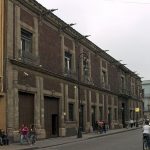
Nearest at 0.09 kms.

Nearest at 0.11 kms.
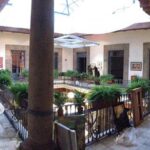
Nearest at 0.14 kms.
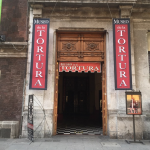
A museum dedicated to instruments of Torture and Human Subjugation.
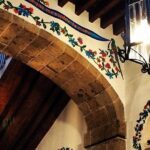
Easily one of Mexico City's most famous historical restaurants...

Home to two of Tolsá's mastpieces, it's only fitting the plaza should bear his name.
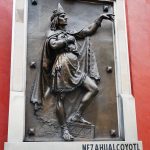
One of the most easily historical corners in the city center, it's a monument, a garden and much more.
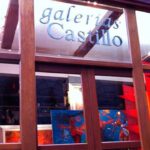
An exceptional gallery just outside the National Museum of Art...